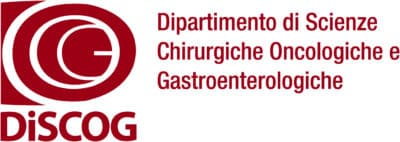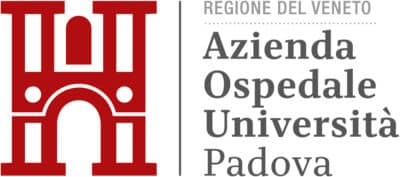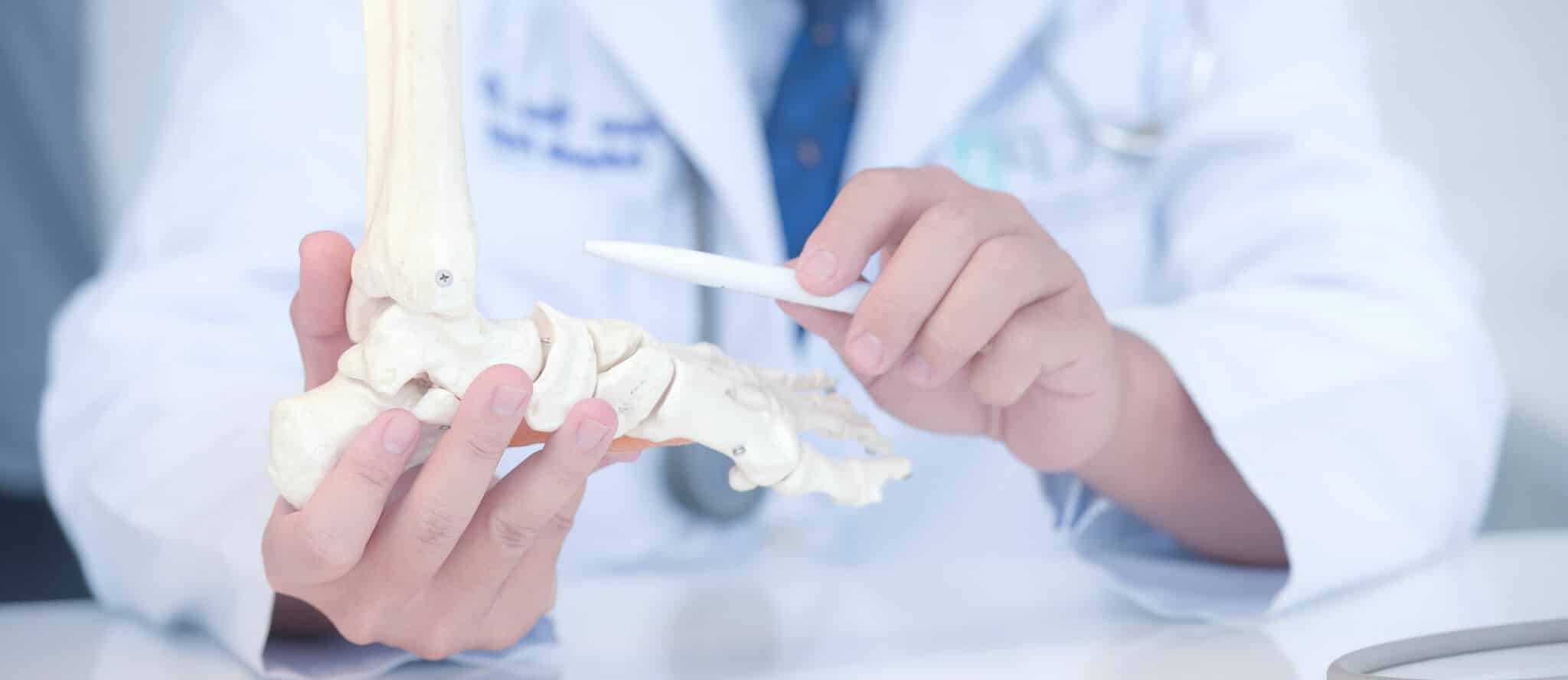

The First-level Short Specialisation Degree in Pathology, Biomechanics and Therapeutic Treatment of the Ankle and Foot provides a complete educational offer and complex frameworks in this field.
Goal of the program is making professionals independent in acquiring all the main competences relating to diagnostic classification and resolution of the main foot and ankle pathologies, both simple and complex, congenital and acquired, benign and malignant.
The First-level Short Specialisation Degree in Pathology, Biomechanics and Therapeutic Treatment of the Ankle and Foot is a highly specialized course on foot and ankle pathologies. At the end of the educational path, professional acquire all the competences concerning the different foot and ankle pathologies, both benign and malignant: knowledge of the basic anatomy and biomechanics; patient’s functional and instrumental clinical assessment; conservative, rehabilitative and orthotic; surgical treatment (traditional, arthroscopic, arthrodesis corrective procedures), with specific reference to mini-invasive percutaneous, arthroscopic and prosthetic techniques, personalized for paediatric, adult, cancer, diabetic and sport trauma patients.
The First-level Short Specialisation Degree in Pathology, Biomechanics and Therapeutic Treatment of the Ankle and Foot is addressed to specialized doctors or trainee specialists, nurses, physiotherapists, podiatrists.
Currently, there are many units of public, partner or private institutions where participants, following the Master, may be called to perform their profession or evolve their current ones, with a highly specialized role in: orthopaedics and traumatology, general, vascular, plastic, endocrinological surgery, and rehabilitative, sport and occupational medicine.
The First-level Short Specialisation Degree in Pathology, Biomechanics and Therapeutic Treatment of the Ankle and Foot provides in-depth training on:
- Anatomy: systematic, topographic and surgical foot and ankle anatomy; foot and ankle physiology and physiopathology
- Biomechanics: principles of biomechanics and bioengineering of healthy and pathological tissues of the foot and ankle
- Cancer: epidemiology, pathological anatomy, diagnosis and treatment of benign and malignant neoplasms of foot and ankle
- Traumatology: indications, surgery techniques, complications of major foot and ankle traumas, arthrodesis and saving procedures
- Prosthetic: innovative technical aspects of instruments and prosthetic models for foot and ankle joints
- District pathologies: epidemiology, pathogenesis, medicine and conservative/surgical treatment (open, mini-invasive and percutaneous) of forefoot, midfoot and backfoot diseases
- Tendinopathies and ligament injuries: epidemiology, pathogenesis, medicine and conservative/surgical treatment of tendon and ligament injuries in foot and ankle sport trauma.
- Neurological and rheumatological foot: physiopathological and medical aspects, and treatment indications in the main neurological and rheumatological adult foot and ankle diseases
- Orthoplastics: indications, techniques, results and complications in plastic surgery for cancer, trauma and diseases of the foot and ankle
- Physical and rehabilitative medicine: indications, techniques and results of rehabilitative medicine for foot and ankle diseases and trauma
- Bio-orthopaedics: biological treatment solutions and biological substitutes in foot and ankle osteoarthritis.
- Diabetic foot: prevention and medical treatment of patients with diabetic and Charcot foot
- Orthesis and podiatry: orthesis technique principles in cancer, trauma or diabetic patients, and in podiatric and functional treatments
- Nursing management: pre-, intra- and post-surgery management; clinical follow-up and home care indications for patients who underwent foot and ankle surgery
- Diagnostic radiology: principles for radiological and ultrasound, diagnostic and treatment techniques in foot and ankle pathologies
The Faculty is comprised as follows:
- Pietro Ruggieri: Full Orthopaedics Professor – University of Padua
- Raffaele De Caro: Full Anatomy Professor – University of Padua
- Stefano Masiero: Full Rehabilitative Medicine Professor – University of Padua
- Giampaolo Fadini: Full Endocrinology Professor – University of Padua
- Carlo Biz: Associate Orthopaedics Professor – University of Padua
- Andrea Angelini: Associate Orthopaedics Professor – University of Padua
- Antonio Berizzi: Associate Orthopaedics Professor – University of Padua
- Carla Stecco: Associate Anatomy Professor – University of Padua
- Cesare Tiengo: Associate Anatomy Professor – University of Padua
- Francesco Oliva: Associate Orthopaedics Professor – University San Raffaele di Roma.
- Chiara Giulia Fontanella: Associate Engineering Professor – University of Padua
- Elisa Belluzzi, Researcher Università di Padova
- Antonio Volpe: Foot & Ankle Clinic Abano Terme
- Giorgio De Conti: Radiology Unit Director – Padua University Hospital
- Elisa Pala: Medical Orthopaedics Director – Padua University Hospital
- Giulia Trovarelli: Medical Orthopaedics Director – Padua University Hospital
- Alberto Crimì: Medical Orthopaedics Director – Padua University Hospital
- Mariachiara Cerchiaro: Medical Orthopaedics Director – Padua University Hospital
- Marina Bocchese: Skin Lesion Specialized Nurse – Padua University Hospital
- Daniele Coraci – Associate Professor of Rehabilitation Medicine, University of Padua
- Enrico Brocco – Head of the Diabetology and Diabetic Foot Unit, Multimedica, Sesto San Giovanni (Milan)
The general ranking of merit for the academic year 2025/26 will be published on the Italian page of this Master according to the timing provided in the Call.
Information
FAQ
Students must attend at least 70% of the total course hours. Therefore, absences are allowed up to 30% of the entire course.
Stages and traineeship are held in the units, clinics and OR of the orthopaedics, cancer and trauma clinic UOC of the Padua University Hospital. Hands-on practice is given great relevance within the course.
The Stage is also extended to the multidisciplinary diabetic foot clinic, in the metabolism-related diseases unit. There will be a visit to the orthopaedic lab, in order to see how tailored-made orthosis are created.
There will be lectures and accounts by consolidated experts in managing and treating foot and ankle pathologies, concentrated in short periods agreed with the professors and students. Due to the hands-on nature of the Master, only 10% of the lessons can be followed remotely.
Stages and practice sessions last one week.
The final exam will be oral, with possible dissertation discussion.

